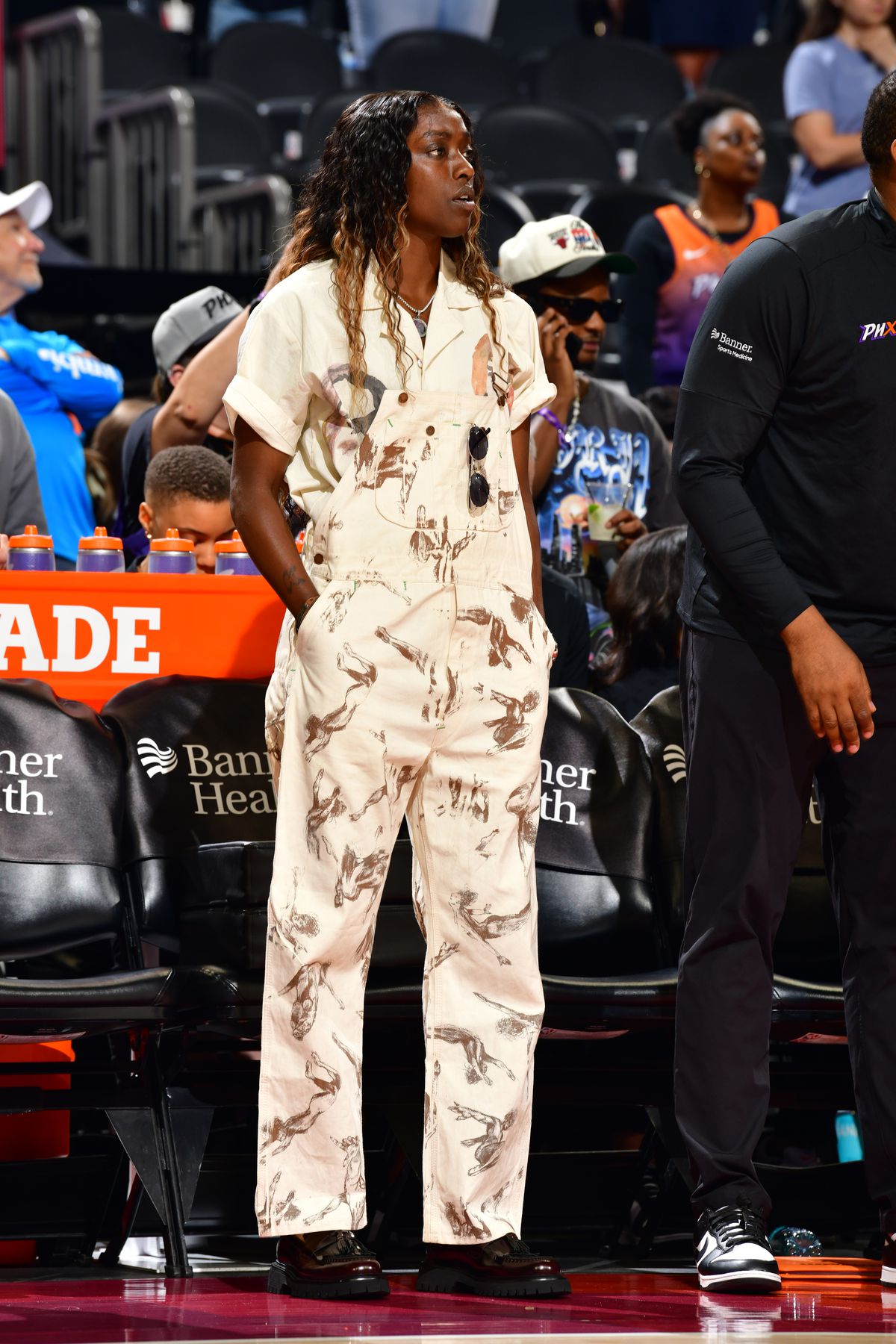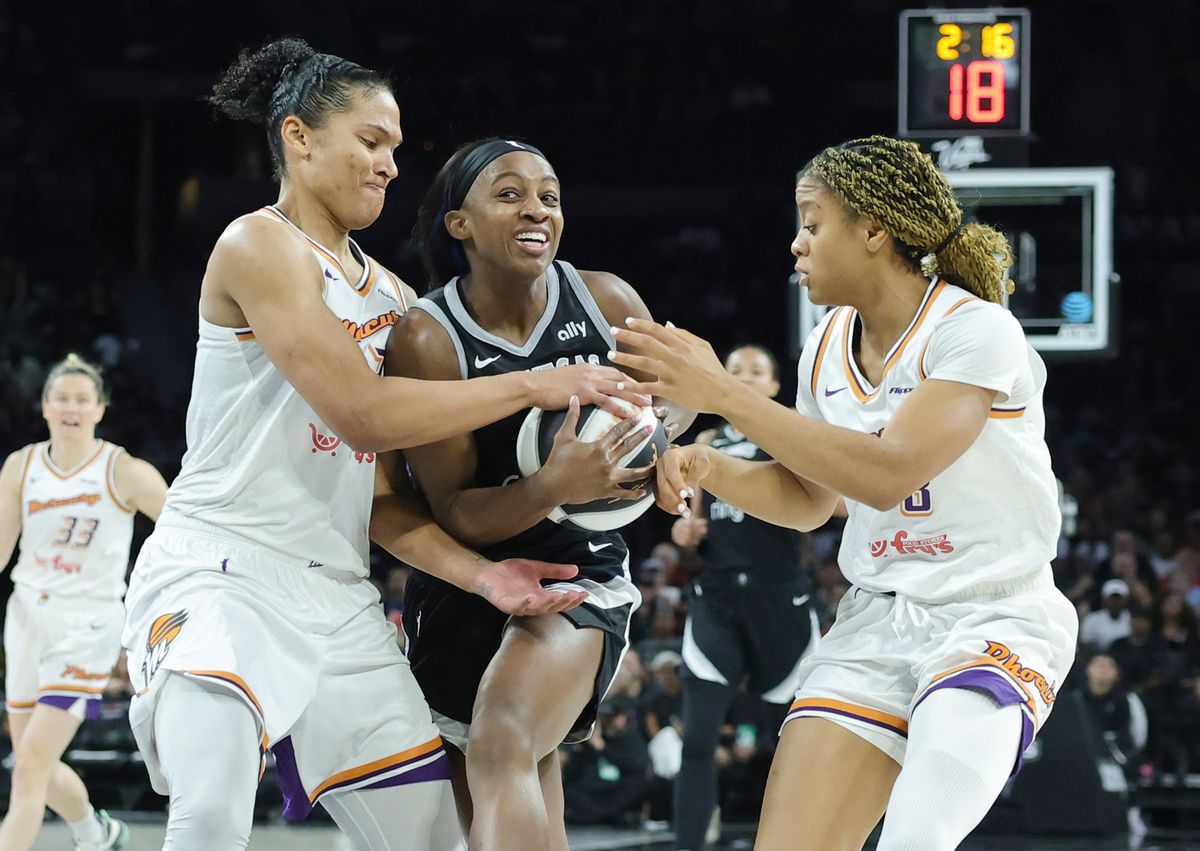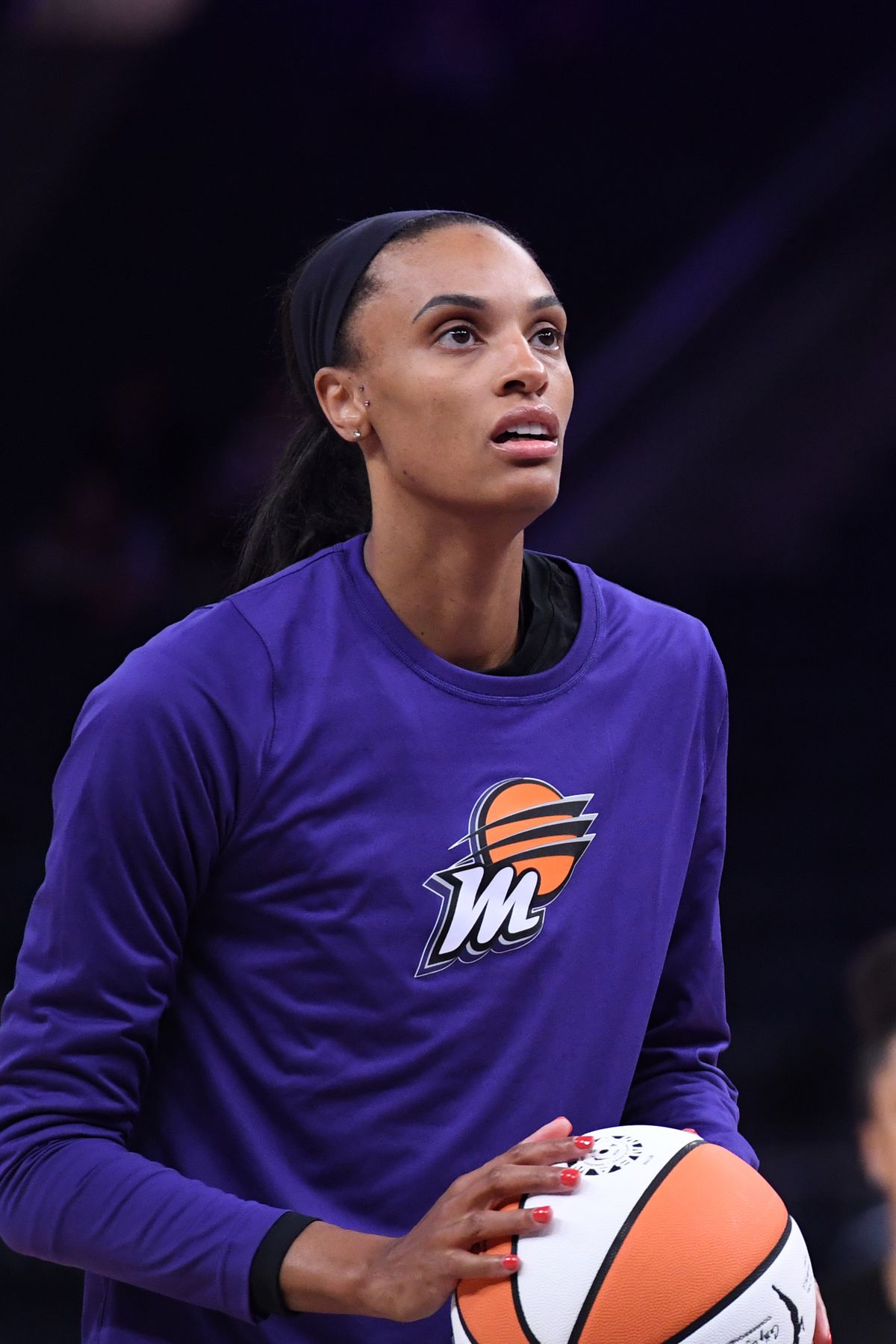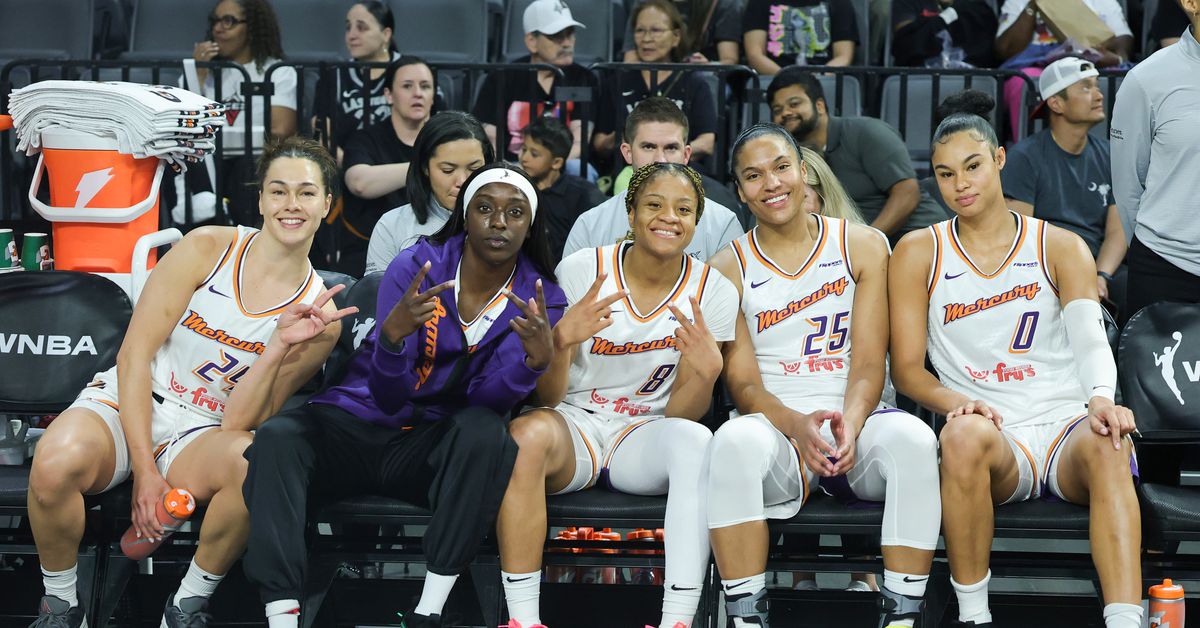The Phoenix Mercury (15-7) begin the second half of their regular season on Wednesday, July 23. Fresh out of the All-Star break, the Mercury are now in a position to overcome what has been their greatest challenge thus far: injuries.
Despite their most important players missing a rather large number of games in the first half of the season, the Mercury are in third place in the WNBA standings, thanks first and foremost to an impressive team defense. Because of this, it would be fair to say that we haven’t seen the Mercury at their peak yet; if they can continue defending at a high level as they re-integrate their star players, they’ll be in a good position when the playoffs begin.
Top 3 in league standings.
MVP Front Runner.
Coach of the Year Contender.
Executive of the Year Candidate.Second half of the season starts now.
This Is Mercury Basketball. pic.twitter.com/qJkGZhBHpB
— Phoenix Mercury (@PhoenixMercury) July 22, 2025
While we wait for the Mercury to take the court, let’s run through a few things they need to do in the second half of the season to maintain the momentum they’ve established.
1. Stay healthy
This goes for just about any WNBA team, but it still needs to be mentioned here: If the Mercury are going to finish the 2025 season strong, they need their star players to stay healthy.
The Mercury had an enormous offseason in terms of adding star-level talent, acquiring forwards Alyssa Thomas and Satou Sabally, and both players have been as good as advertised—when they’ve been on the floor. Thomas is having one of the best all-around seasons of her illustrious career, averaging 15.2 points, 7.3 rebounds and a WNBA-leading 9.5 assists per game, while Sabally is leading the Mercury in scoring at 19.1 points per game.
Both Thomas and Sabally, however, dealt with nagging injuries in the first half of the season. Thomas has missed five of the Mercury’s 22 games and Sabally has missed four and counting; both players were named to the 2025 WNBA All-Star Team, but Sabally had to sit out the exhibition as she recovered from an injured foot.

Kahleah Copper played in just six of the Mercury’s 22 games in the first half of the season.
Photo by Barry Gossage/NBAE via Getty Images
Then there’s Kahleah Copper, who led the Mercury in scoring last year but has played only six games. The explosive perimeter player has yet to truly get going after a knee procedure cost her the first month of this season; Copper dropped a season-high 33 points against Dallas back on July 3, but has been back on the shelf since then with an injured hamstring.
It’s important to look at this with a positive perspective. Yes, the number of games that Thomas, Sabally and Copper have missed is alarming, but the fact that Phoenix is 15-7 in spite of this speaks to how well head coach Nate Tibbetts and his staff are coaching the team. If the trio of stars stays healthy in the second half of the season, there’s reason to believe the Mercury will finish even stronger.
2. Keep up the aggression on defense
No matter who the Mercury have had on the court, they’ve embraced an identity as a team that can lean on defense to win games. Phoenix currently ranks third in the WNBA in defensive rating, allowing 98.5 points per 100 possessions with a style of defense that is both fundamentally-sound and havoc-inducing.
The Mercury lack a traditional rim-protecting center, but they haven’t needed one to keep opponents from getting high-efficiency shots. Phoenix ranks second in the league in opponent points in the paint (30.8) and first in opponent second-chance points per game (9.1), forcing tough shots and cleaning the glass well enough to minimize easy putback opportunities.

Anchored by Alyssa Thomas (left), the Mercury defense is swarming, and it creates easy opportunities for them in transition.
Photo by Ethan Miller/Getty Images
The way Phoenix has been defending has also benefitted its offense. The Mercury lead the WNBA in opponents’ turnover rate, forcing a turnover on 21.2 percent of their defensive possessions. This is the advantage of having mobile and active forwards like Thomas and Sabally: They excel at switching and guarding multiple positions, and their disruptiveness allows the Mercury to dictate games on the defensive end of the floor.
Of course, the health of those players will determine just how well the Mercury can defend the rest of the way. It should be encouraging, though, that they’ve been defending at this level despite their injuries. It shows that the Mercury’s entire roster has bought into what its coaches have been preaching, and the fact that the team has established such an identity early on can only bode well when the games become more important.
3. Successfully integrate DeWanna Bonner
The Mercury picked up Bonner as a free agent after she was released by the Indiana Fever late last month. At 37 years old, Bonner’s best days are now clearly behind her, but ideally, she won’t need to play at the level that had earned her six All-Star appearances in order to still make an impact in Phoenix.
Bonner, who began her WNBA career in Phoenix and played her first 10 seasons there, returns as a grizzled veteran, now ranking third in league history in points scored (7,586). She won’t be expected to be a primary offensive option at this point in her career, but many of the tools that have made her such an effective player over the years are still there: At a wiry 6-foot-4, Bonner has a unique build that allows her to defend several positions, and she’s been remarkably durable throughout her career, too, missing just eight games in fifteen seasons prior to 2025.
If the Mercury continue to have injury issues, that durability will obviously be very helpful. But Bonner’s experience will be what Phoenix relies on the most.

DeWanna Bonner may be in the twilight of her career, but she can still make an impact for the Mercury.
Photo by Noah Graham/NBAE via Getty Images
“She’s seen everything,” Tibbetts raved after Bonner recorded 22 points and 11 rebounds to lift the shorthanded Mercury over Golden State. “She’s won championships. She’s been in big games. This group needed that piece.”
Tibbetts went on to praise Bonner’s versatility, mentioning that she could play shooting guard, small forward, power forward and even center. He also said that, because of her experience, there was an “easiness” in coaching her—something that’s especially important for a midseason acquisition.
Just as Bonner can help the Mercury, though, the Mercury have to put her in a position to succeed. She looked out of place during her brief tenure in Indiana, averaging 7.1 points per game on 34.5 percent shooting, and while she’s proven to still have more in the tank than that, it would be unrealistic to expect her to carry the kind of offensive burden she once did. In Phoenix, she shouldn’t have to; Bonner should be able to slide in next to the team’s top players and contribute at a comfortable level.
